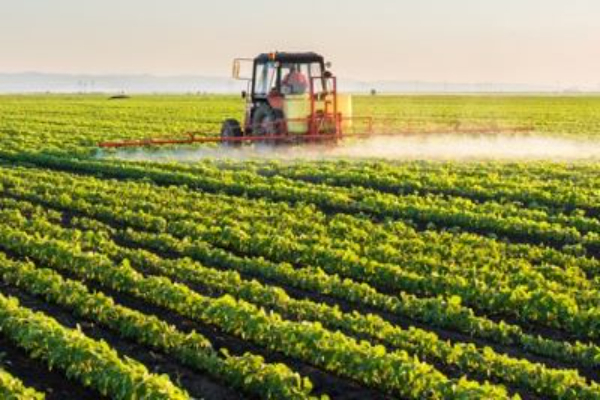Strategy reflects extensive input of growers and other pesticide users

The U.S. Environmental Protection Agency recently released its final Herbicide Strategy, an unprecedented step in protecting over 900 federally endangered and threatened (listed) species from the potential impacts of herbicide, which are chemicals used to control weeds.
EPA will use the strategy to identify measures to reduce the amount of herbicides exposure to these species when it registers new herbicides and when it reevaluates registered herbicides under a process called registration review. The final strategy incorporates a wide range of stakeholder input, ensuring EPA not only protects species but also preserves a wide range of pesticides for farmers and growers.
“Finalizing our first major strategy for endangered species is a historic step in EPA meeting its Endangered Species Act obligations,” said Deputy Assistant Administrator for Pesticide Programs for the Office of Chemical Safety and Pollution Prevention Jake Li. “By identifying protections earlier in the pesticide review process, we are far more efficiently protecting listed species from the millions of pounds of herbicides applied each year and reducing burdensome uncertainty for the farmers that use them.”
The Biden-Harris Administration’s new approaches for protecting endangered species, which include the Herbicide Strategy, have resolved multiple lawsuits against EPA. For decades, EPA has tried to comply with the Endangered Species Act (ESA) on a pesticide-by-pesticide, species-by-species basis. However, because this approach is very slow and costly, it resulted in litigation against the agency and uncertainty for users about the continued availability of many pesticides.
At the beginning of 2021, EPA faced almost two dozen lawsuits covering thousands of pesticide products due to its longstanding failure to meet ESA obligations for pesticides. Some of these lawsuits resulted in courts removing pesticides from the market until EPA ensured the pesticides comply with the ESA. Now, all but one of those lawsuits has been resolved. Unlike EPA’s historic approach to compliance, the Herbicide Strategy identifies protections for hundreds of listed species up front and will apply to thousands of pesticide products as they go through registration or registration review, thus allowing EPA to protect listed species much faster.
In July 2023, EPA released a draft of this strategy for public comment. EPA received extensive comments, with many reiterating the importance of protecting listed species from herbicides but also minimizing impacts on farmers and other pesticide users. In response to comments, EPA made many improvements to the draft.
The final strategy does not impose any requirements or restrictions on pesticide use. Rather, EPA will use the strategy to inform mitigations for new active ingredient registrations and registration review of conventional herbicides. EPA understands that the spray drift and runoff mitigation from the strategy can be complicated for some pesticide users to adopt for the first time. EPA has also developed a document that details multiple real-world examples of how a pesticide applicator could adopt the mitigation from this strategy when those measures appear on pesticide labels.
To help applicators consider their mitigation options, EPA is developing a mitigation menu website that the agency will release in fall 2024 and plans to periodically update with additional mitigation options, allowing applicators to use the most up-to-date mitigations without requiring pesticide product labels to be amended each time new measures become available.
EPA is also developing a calculator that applicators can use to help determine what further mitigation measures, if any, they may need to take in light of mitigations they may already have in place.
EPA will also continue to develop educational and outreach materials to inform the public and help applicators understand mitigation needs and where descriptions of mitigations are located.
Subscribe to our newsletter & stay updated.